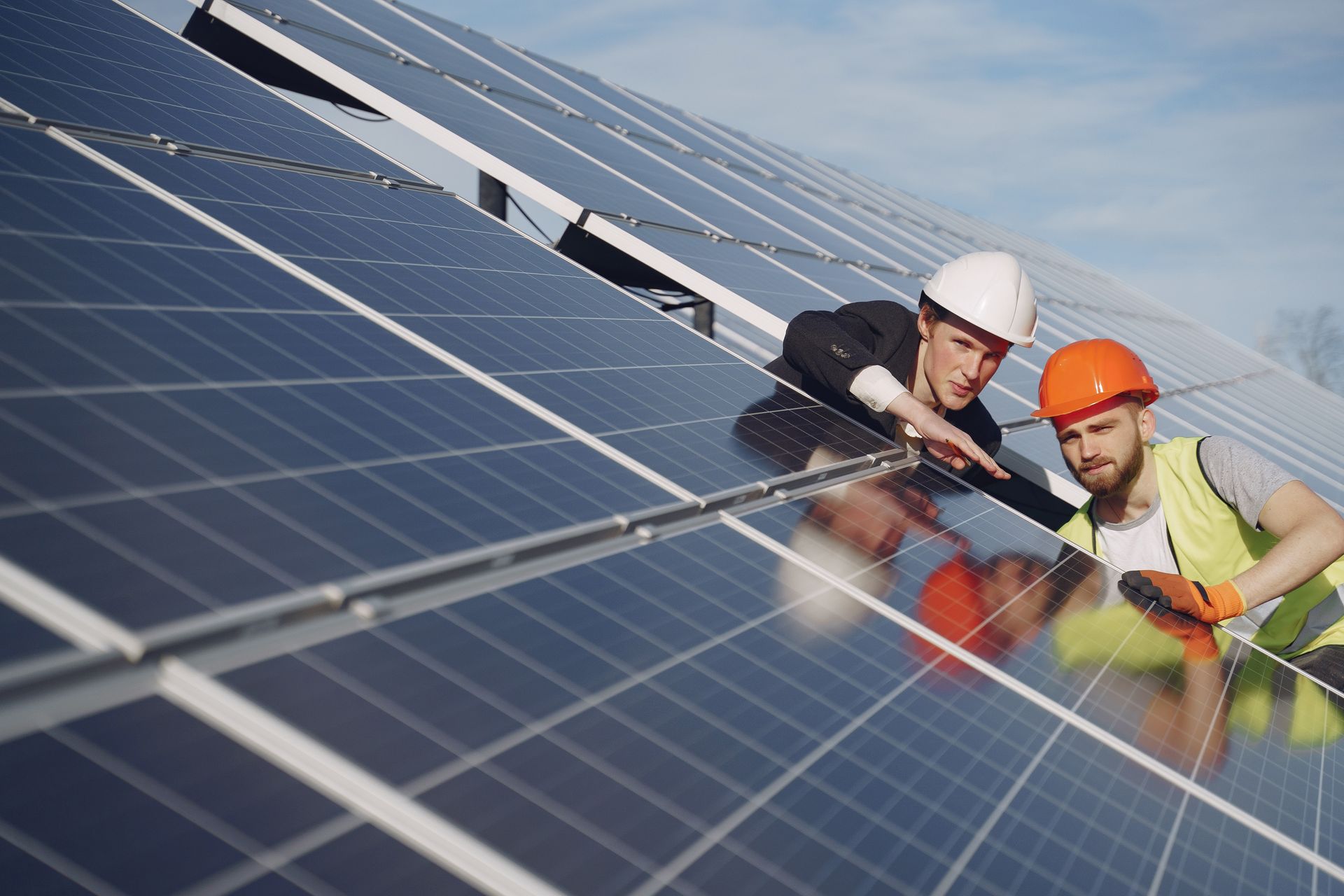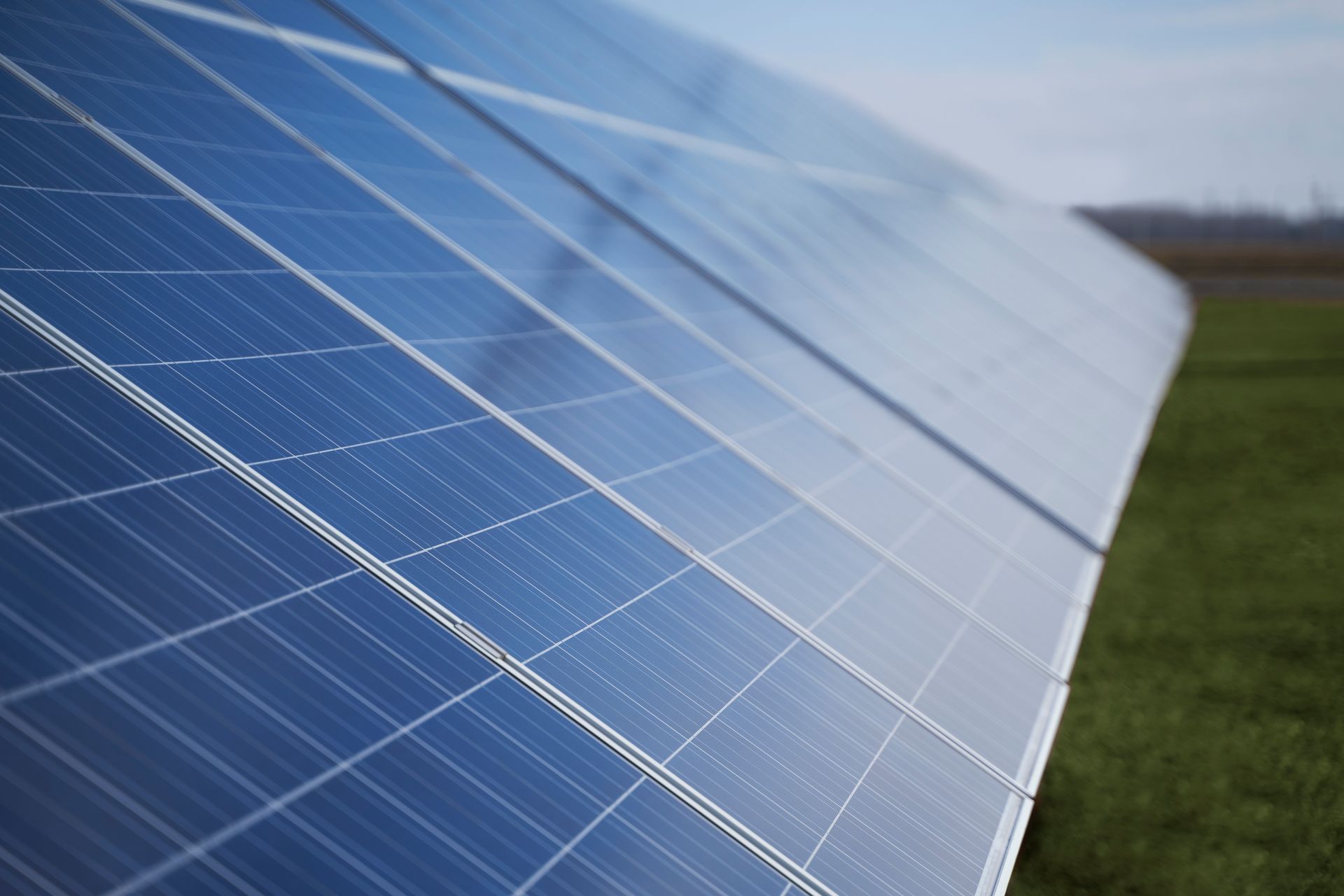Maintenance and Support for Your Solar System: Why It’s Essential and How Infinity Solar USA Has You Covered
Once you’ve made the decision to go solar, it’s easy to think that your job is done once the panels are installed. However, like any investment, ensuring your solar system is well-maintained and supported is key to keeping it running efficiently and protecting your investment for years to come.
At
Infinity Solar USA, we don’t just install your solar system and walk away. We offer comprehensive
solar panel maintenance and ongoing support to ensure that your solar energy system continues to perform at its best, maximizing savings and efficiency. Here’s why maintenance is important and how we’ve got you covered.
1. Why Solar System Maintenance Matters
While solar panels are generally low-maintenance, they still require some attention to ensure optimal performance. A well-maintained
solar power system can last 25 years or more, and regular checks can help avoid costly
solar panel repair down the line. Here’s why keeping your solar system in tip-top shape matters:
Maximizing Efficiency
Over time, dust, debris, and environmental factors like bird droppings or leaves can accumulate on your panels, which may reduce their efficiency. Regular
solar panel cleaning services ensure your panels continue to capture sunlight effectively, minimizing any power loss. Even small decreases in solar panel efficiency can add up, reducing the amount of energy your system generates and, ultimately, the savings on your electricity bill.
Preventing Expensive Repairs
Like any complex system, your solar panels, inverter, and other components can experience wear and tear over time. Regular inspections and
solar panel maintenance can catch potential issues early before they turn into more significant (and expensive) repairs. Simple tasks like checking for loose wiring, faulty inverters, or panel damage can prevent downtime and extend the life of your system.
Ensuring Warranty Coverage
Most solar systems come with warranties on parts and performance, but those warranties may require you to maintain your system regularly. Neglecting routine inspections or failing to address issues promptly could void your warranty. By working with a solar installation company that provides ongoing support, you ensure that your warranty stays intact, so you’re covered if something goes wrong.
Monitoring Performance
At
Infinity Solar USA, we provide monitoring tools that let you track your system’s performance remotely. By checking your system’s output and comparing it to expected energy production, we can spot issues before they become major problems. This also helps optimize system uptime and can guide decisions about future
solar panel replacement or solar panel battery backup upgrade.
Upgrades and System Optimization
If your system is aging or you’re looking to increase your energy output, we offer
upgrades to optimize your system’s performance. Whether that means adding additional panels, upgrading your inverter, or integrating a
solar energy storage system, we can help you take full advantage of new technologies and ensure your system evolves with your needs.
2. What Support Does Infinity Solar USA Provide?
At
Infinity Solar USA, we believe that the relationship with our customers doesn’t end with the installation. We’re committed to supporting you throughout the life of your solar system. Here’s how we provide
ongoing support:
24/7 Monitoring and Alerts
We offer 24/7 monitoring for your
solar energy system, which means we’re constantly keeping an eye on your system’s performance. If there’s a drop in energy production or any issue that needs attention, our team is alerted immediately. This means faster response times and less downtime for your system.
Customer Support
Our customer support team is always ready to help with any questions or concerns. Whether you need advice on optimizing energy usage, have questions about your bill, or require troubleshooting, we’re here to guide you every step of the way.
Warranty Support
We ensure that your system is covered by
manufacturer warranties, and in the event that something goes wrong, we handle the warranty process for you. Our team will coordinate any necessary
solar panel repairs or replacements and keep you informed throughout the process.
4. How to Know When You Need Maintenance or Support
While routine maintenance is a great way to prevent issues, there are some signs that indicate your system may need attention:
- Declining Energy Production: If your system is consistently producing less energy than expected, it could be time for a checkup.
- Visible Damage: If you notice physical damage to your panels or system components, it’s important to get them inspected.
- Inverter Warning Lights: If your inverter has warning lights or error messages, this could indicate a malfunction or an issue with your system.
- Utility Bills Are Higher: If your energy bills are rising despite using solar power, it may be a sign that your system is underperforming.
If you notice any of these signs, it’s a good idea to contact
Infinity Solar USA for an inspection or support.
Final Thoughts
Solar systems are built to be low-maintenance, but just like any major investment, they require attention to ensure they continue to perform optimally. At Infinity Solar USA, we make it easy to keep your system running smoothly with expert solar panel maintenance, support, and monitoring services. With our help, you can rest assured that your solar system will continue to generate clean, reliable energy and deliver savings for years to come.
If you’re ready to learn more about our
installation plans or need support with your existing solar system, don’t hesitate to
contact us today. We’re here to help!
More Blog Posts
More Guides For You From Our Help Center
Service and Troubleshooting
Understanding your solar system performance
How to schedule a repair
Solar Financing and Incentives
How does net metering work?
- How Net Billing Works (And Why Export Credits Are Your New Best Friend)
- How "Buy All, Sell All" Works in Solar (And Why It’s a Great Deal for You)
- How Monthly Net Metering Works (Spoiler: It’s Like a Bank for Your Energy)
- What is Net Metering and Why It Matters in the Solar Industry?
- What Is 1:1 Net Metering, and Why Should You Care? (Hint: It’s Awesome)
Solar financing. Understanding your options
- Explore Your Financing and Cash Options for Going Solar with Infinity Solar USA
- Commercial Solar Solutions: What You Need to Know from Infinity Solar USA
- Solar Installation Costs and Financial Incentives: What You Need to Know from Infinity Solar USA
- Why Solar Loans Reamortize in Month 19: A Closer Look
System Performance
How to optimize your solar systems performance
How peak sun hrs works in solar
How does roof pitch and orientation affect solar production?
How shading and irradiation affect solar production
Solar 101
Understanding your solar energy savings
Different purchase options:
How do I save money with solar?
Solar Process
Step 1 Proposal Introduction
Step 2 Construction Pipeline Process
Step 3 Permission to Operate
Service and Troubleshooting
Understanding your solar system performance
How to schedule a repair
Solar Financing and Incentives
How does net metering work?
- How Net Billing Works (And Why Export Credits Are Your New Best Friend)
- How "Buy All, Sell All" Works in Solar (And Why It’s a Great Deal for You)
- How Monthly Net Metering Works (Spoiler: It’s Like a Bank for Your Energy)
- What is Net Metering and Why It Matters in the Solar Industry?
- What Is 1:1 Net Metering, and Why Should You Care? (Hint: It’s Awesome)
Solar financing. Understanding your options
- Explore Your Financing and Cash Options for Going Solar with Infinity Solar USA
- Commercial Solar Solutions: What You Need to Know from Infinity Solar USA
- Solar Installation Costs and Financial Incentives: What You Need to Know from Infinity Solar USA
- Why Solar Loans Reamortize in Month 19: A Closer Look
System Performance
How to optimize your solar systems performance
How peak sun hrs works in solar
How does roof pitch and orientation affect solar production?
How shading and irradiation affect solar production
Solar 101
Understanding your solar energy savings
Different purchase options:
How do I save money with solar?
Solar Process
Step 1 Proposal Introduction
Step 2 Construction Pipeline Process
Step 3 Permission to Operate



